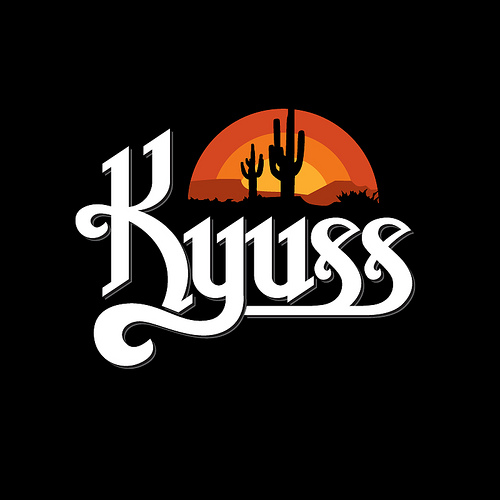Pearl Jam's history is so long and varied that I will not attempt to tell you the whole story; if you are interested, you should definitely check out PJ20, Pearl Jam's 20 anniversary film. Worth the time. PJ has gone through a bunch of drummers since their inception, but all the other founding members are still part of the group. Vocalist/Guitarist Eddie Vedder, guitarist Mike McCready and Stone Gossard, bassist Jeff Ament, along with drummer Matt Cameron (who also played and plays with Soundgarden) and guest keyboard player Boom Gaspar form one of the most creative and influential bands of all time.
Hopefully those who want to recreate Pearl Jam's sound have thousands of dollars/euros/whatever lying around, 'cause it will be expensive. PJ has always used a "classic" sound, it blends together perfectly, experimental sounds have rarely appeared on their songs. Since they usually go with 3 guitars, but at least 2, it is essential that their parts do not overshadow the others. The two full-time guitar players could be called "Strat" (McCready) and "LP" (Gossard) - in the early years of the band, they mostly played these two instruments, but since then, they've been switching them more regularly (money is good). McCready can be seen playing a Les Paul Junior, while Gossard uses Strats and usually an acoustic if the song requires one.
There are some pedals that we can say are mainstays of the Pear Jam sound, but there they have used dozens of pedals throughout the years, so we'll only take a look at the most basic ones. One of the pedals that is used by both Mike and Stone is the famous Ibanez TS-9. This overdrive pedal is capable of giving your sound from a mellow middle boost to a crunchy distortion-like tone. (Low Budget Tip - You might want to check out the Joyo Vintage Overdrive pedal, which is a clone of the TS-808 with the same chip, sounds great for its price.) Pearl Jam often uses phased sounds, using pedals like the MXR Phase 100, which is available at almost any shop if you want to try it out. For delay, they've used a wide range of BOSS delay pedals, including the DM-3, DD-3, and DD-5. Two Dunlop effects are usually used in their rigs, the famous CryBaby (535q) and the Rotovibe, which is a chorus/vibrato pedal, simulating the sound of the rotating Leslie speakers. If you are interested in a complete list of gear used, with tabs, biographies, etc, you should check out GivenToWail.com, great site.




